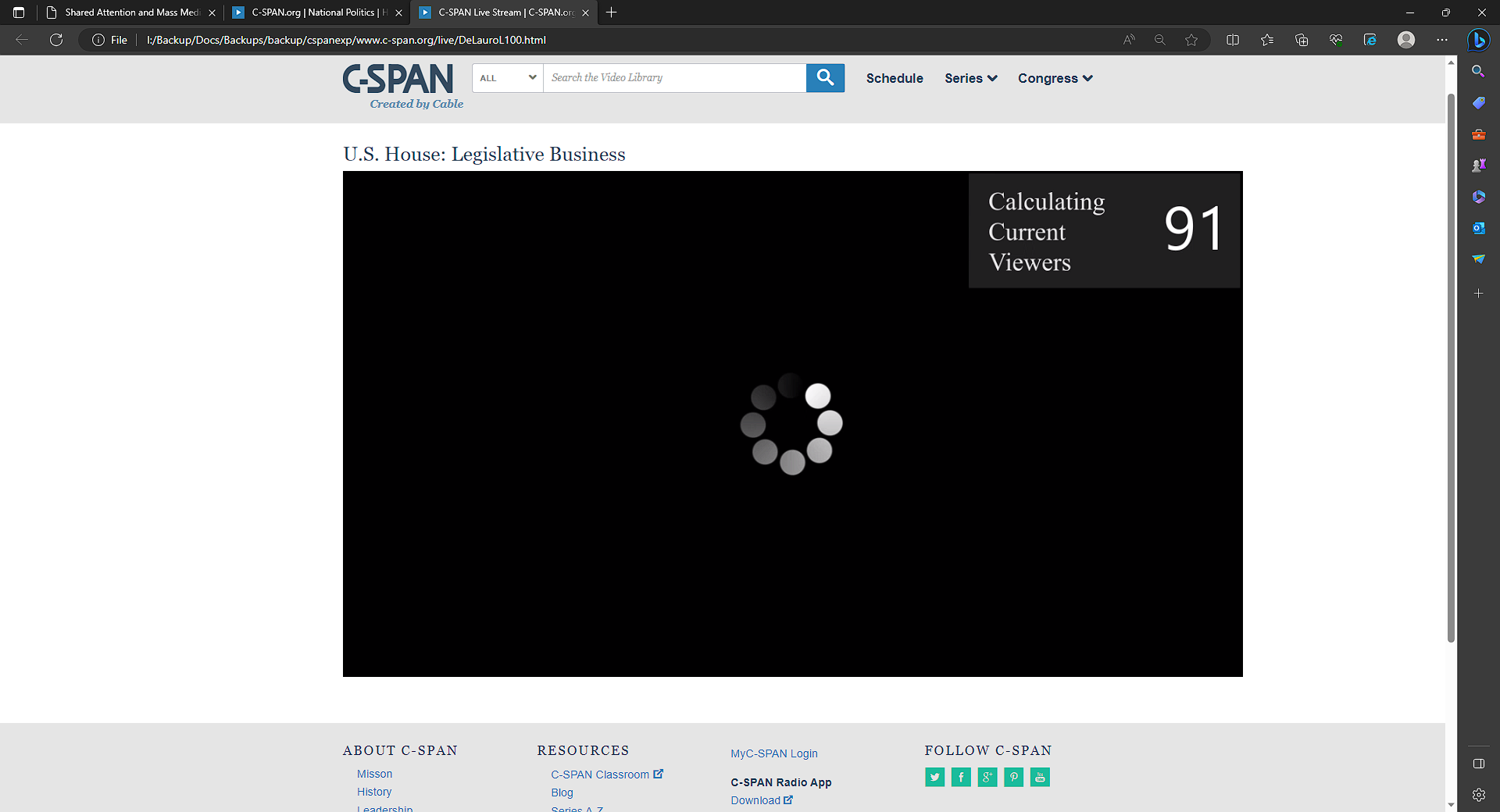Shared Attention and Mass Media
Tools used: Adobe Premiere/After Effects, Qualtrics, SPSS, general web hosting (linux, apache, etc)
Idea
In brief, Garriy had a theory he had been working on over the years, "shared attention." The idea behind it is that when you pay attention to something, at the same time as someone that you relate to, you'll devote more cognitive resources to that something. That in turn results in measurable differences in terms of learning, motivation, and (relevant here) developing opinions. My go-to example for people is generally: "ya know how you might laugh more at a movie when you watch it with someone?" You're paying more attention to it, you're "in the moment" because of the social setting. You might end up having to discuss it later. It helps build shared knowledge. Shared knowledge is the foundation of culture. Humans are evolutionarily, inherently cultural. It's a cool idea. I'm on board.

Around the time I joined the lab, Garriy had been speaking with a colleague in the Communications department about doing an experiment involving the effects of shared attention during mass media consumption. The overall idea was to gain insight into political polarization and the role media intrinsically plays, even outside of obvious bias. From my understanding, the project had somewhat stalled. They had discussed a faux social media website and eventually settled on showing participants videos under different contexts (live vs recorded). I informed him I thought I could do a bit better than that.
Execution
I ripped the entire directory structure of C-Span.org, along with some essential media, and re-hosted it on my own server.
I disabled all of the links with a simple "javaScript:void(0)"
and redirected the the video feed page to an internal player with the user
controls disabled. The idea was that this would provide participants
with a very realistic experience, while providing them whatever media we
wanted.


My initial thought was that we could easily bring participants into the lab and direct them to the website.
Upon further consideration, I realized we could actually embed this into the Qualtrics survey platform for mass distribution online. People would be unable to click any links, the video would auto-play, and Qualtrics would advance itself after a few seconds of buffer time.
For the videos we decided to use an older speech given on the House of Representatives floor. The speech itself was on its face, persuasive. Rep. DeLauro is passionately arguing for the renewal of the "Violence Against Women Act."
Using Adobe After Effects, I added a viewer counter in the top right. In the live conditions this would cycle through numbers, as to give the appearance of people tuning in and out. The recorded conditions would have a static "previous viewers" count. I also added a fake buffer animation to the start as well as an overlay for the current year (which needed to be changed over the period we ran the experiment).
Study 1: Live stream co-viewers vs. past viewers
Study 2: Live stream co-viewers vs. viewers at broadcast
Study 3: Live stream co-viewers vs. past viewers vs. no information
Study 4: Recorded stream co-viewers vs. past viewers vs. no information (unpersuasive)
Study 5: Number of co-viewers along with a memory/attention check
In order to cover our
bases, we settled on a series of 5 studies. The goal was to detect any
change in opinion resulting from the knowledge that you were actively
watching along with others. To do this we'd need to make sure watching it live with others was the only influencing factor. Study 1 involved showing participants a similar amount of "past views" vs "live views", 2 showed "viewers at broadcast", 3 included a version with no such information, 4 had a different (unpersuasive) video, 5 had differing amount of "live viewers" as well as a subsequent memory test.
Results
Even when the speech was not persuasive, as in study 4, people found it to be even less so. It amplified their opinion across the board. They were even more likely to remember details about the video when they were informed they were watching along with an online audience (t(276) = -2.51, p = .013).

Take Home
This study demonstrates the power of media to sway opinion even outside of the content provided. The participants in the experiments were shown the same exact speech across a variety of contexts. The mere fact they knew others were watching together, in the moment, led to stronger opinions. In this case it involved a relatively off-the-radar speech about a federal program. The application however is potentially massively broad. Thomas Friedman has proposed that technology advances at a much faster, disproportionate rate than any given society is capable of adapting to. I can't help but imagine how something like this factors in. Humans are likely evolutionarily predisposed to pay more attention to things they believe they're watching/hearing/experiencing together. Being reminded of this fact, even subconsciously, when you watch any kind of media likely influences the strength of your opinion on it. Even if the effect itself is small, over time it has to have contributed to the ongoing political polarization currently seen in the US.
I was excited to play an integral part of this experiment. It resulted in my first publication in a high tier journal, which was a surprising bonus.